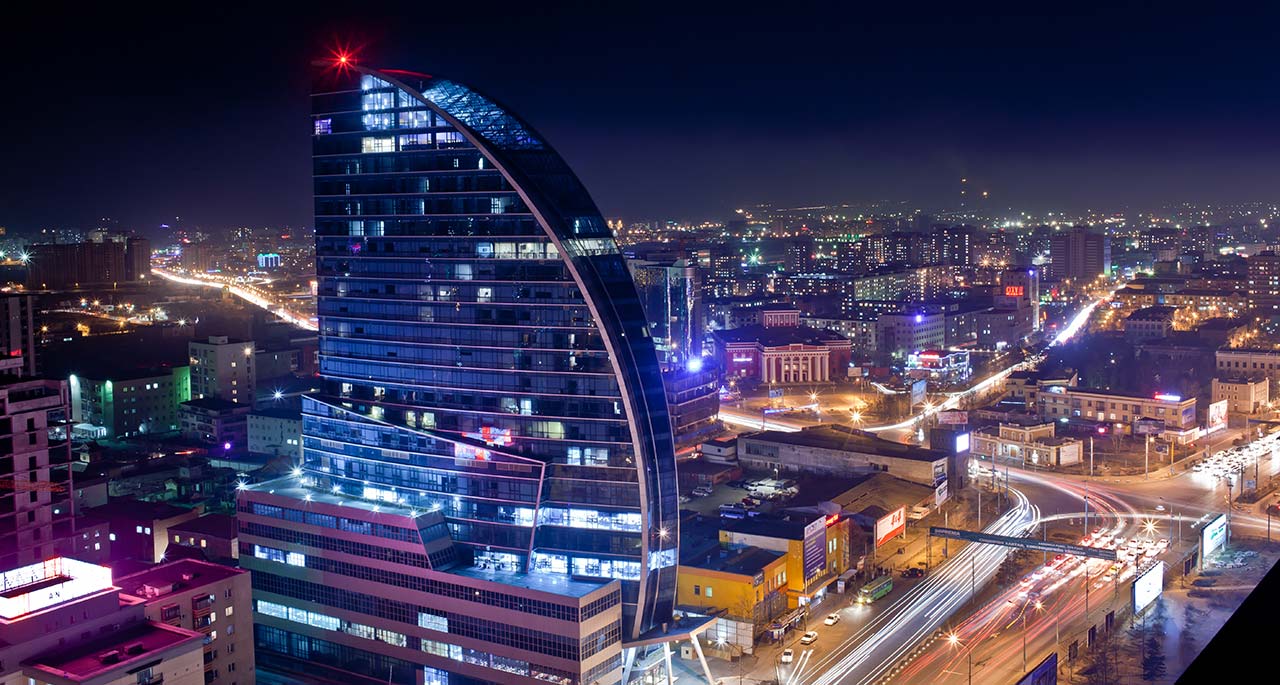8:01 PM Spotlight on Mongolia’s Emerging Urban Centers | |

1. Ulaanbaatar: The Dynamic Capital Goes GreenUlaanbaatar, Mongolia's capital and largest city, is making strides toward sustainability. Recent initiatives include the installation of solar-powered bus stops, eco-friendly waste management systems, and expanded bike lanes. A pilot project aims to transform the densely populated ger districts into modern housing complexes with access to public utilities. Meanwhile, art and culture are flourishing, with new museums and galleries showcasing Mongolia's rich heritage alongside contemporary works. 2. Darkhan: The Hub for InnovationKnown as Mongolia’s “second city,” Darkhan is gaining recognition as a regional innovation hub. The city recently inaugurated a state-of-the-art technology park aimed at fostering startups in renewable energy and agriculture. Darkhan is also transforming its urban landscape, with a new riverside park and smart infrastructure to attract young professionals. 3. Erdenet: Mining City Turns to TourismErdenet, home to one of the world’s largest copper mines, is diversifying its economy by promoting tourism. The city has launched guided tours of its mining facilities, allowing visitors to learn about Mongolia's industrial backbone. Additionally, eco-tourism ventures in the nearby Selenge River valley are gaining traction, offering hiking, fishing, and bird-watching opportunities. 4. Kharkhorin: Reviving Mongolia’s Ancient CapitalOnce the heart of the Mongol Empire, Kharkhorin is undergoing a historical revival. The government has invested in archaeological projects to uncover more of the ancient city’s ruins, while museums and cultural centers are being expanded. Visitors can now experience reconstructed segments of the old city and participate in workshops to learn traditional Mongol crafts. 5. Choibalsan: The Eastern Frontier’s Hidden GemChoibalsan, the gateway to Mongolia’s eastern steppes, is becoming a hotspot for adventure seekers. The city recently launched an initiative to promote its untouched natural reserves, such as Dornod Mongol National Park, home to rare wildlife like the Mongolian gazelle. Efforts are also underway to improve connectivity, with plans for a new airport terminal to support tourism growth. 6. Ölgii: The Cultural Heart of the Kazakh CommunityÖlgii, the capital of Bayan-Ölgii province, is drawing attention for its vibrant Kazakh culture. The city is hosting its annual Golden Eagle Festival, celebrating the ancient art of eagle hunting. A new cultural center is under construction to showcase Kazakh music, dance, and crafts, further cementing Ölgii’s status as a cultural crossroads. 7. Sainshand: The Desert Oasis BoomsSainshand, located in the heart of the Gobi Desert, is evolving into a wellness destination. The city is leveraging its natural hot springs and mineral-rich mud for therapeutic tourism. Additionally, the Danzanravjaa Museum, dedicated to one of Mongolia's most revered poets and religious leaders, is attracting history enthusiasts. 8. Murun: The Gateway to Lake KhövsgölMurun, the capital of Khövsgöl province, is bustling with new infrastructure projects aimed at supporting its growing popularity as a tourist base. Plans include improved roads to Lake Khövsgöl, eco-friendly accommodations, and cultural festivals that celebrate the traditions of the Tsaatan (reindeer herders) community. Conclusion:Mongolia’s cities are more than just stops on the way to its famous wilderness. Each urban center is carving its unique identity, blending tradition with innovation. As these cities continue to grow and evolve, they offer travelers a deeper insight into Mongolia’s dynamic and multifaceted culture. | |
|
| |
| Total comments: 0 | |